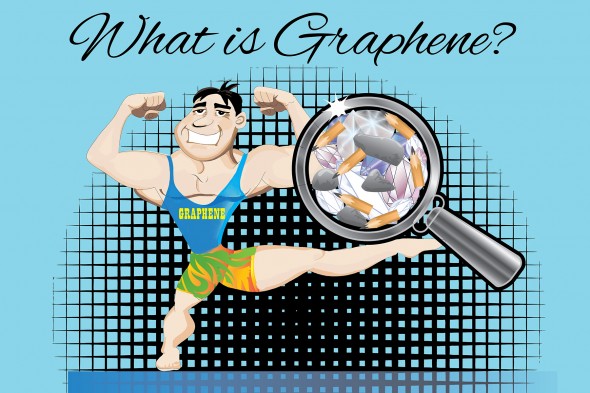
Photo retrieved from https://news.uic.edu/graphene-amazing-potential
What is Graphene?
- Graphene, is a thin layer of pure carbon; it is a single, tightly packed layer of carbon atoms. Grapghene is a pure carbon like coal or diamond. Layer of carbon atoms are bonded together in a hexagonal honeycomb lattice. Graphene has a similar molecular structure to the graphite commonly found in pencils.
What are applications of Graphene?
- Graphene used in solar cells.
- Graphene used in pressure sensors.
- Graphene used in chip making.
- Graphene used in smartphones.
- Graphene used in monitors.
- Graphene used in biological engineering.
- Graphene used in optical electronics.
- Graphene used in ultrafiltration.
- Graphene used in energy storage.
- Graphene used in composite materials .
- Graphene used in membranes.
What are advantages of Graphene?
- Graphene is both tiny and strong material.
- Graphene layers are flexible and transparent.
- Graphene is excellent heat and electricity conductor.
- Graphene production is low cost.
- Graphene is perfectly adapted for fundemental studies.
- Graphene is easy to prepare.
- Quality of small flakes of graphene is excellent.
- Graphene has several unique properties.
- Graphene is planar so it is more suitable to the existing processes and instruments for a eventual transition.
Posted by Direniş ÇAYLI on September 08, 2016
Comments
Post a Comment